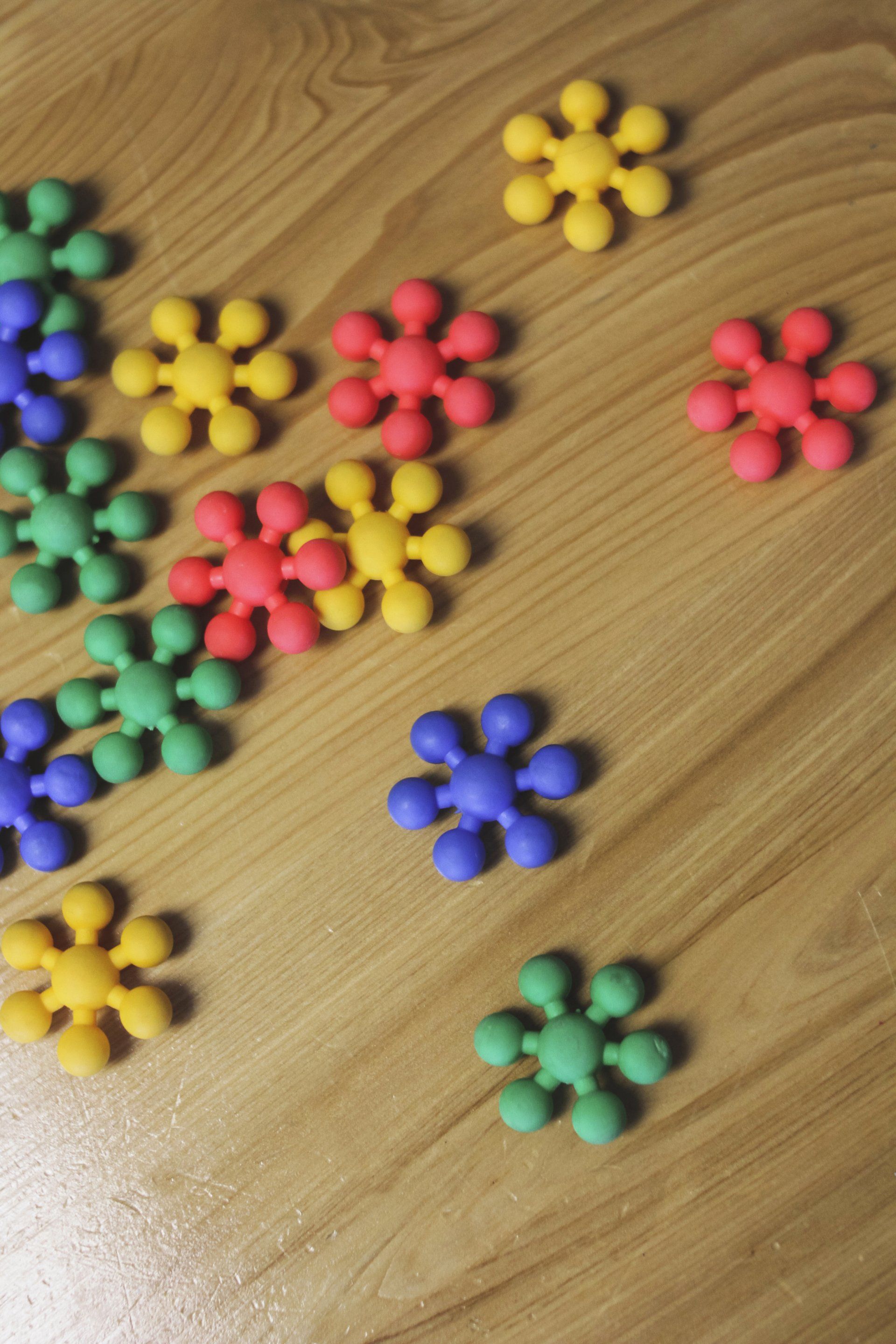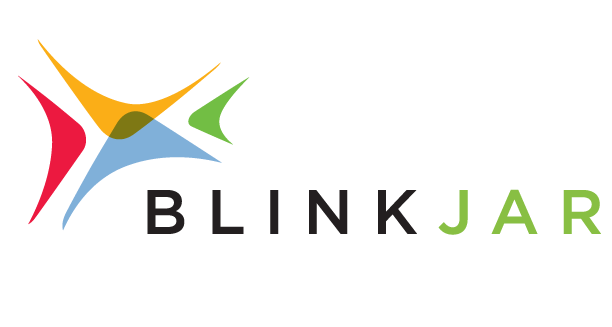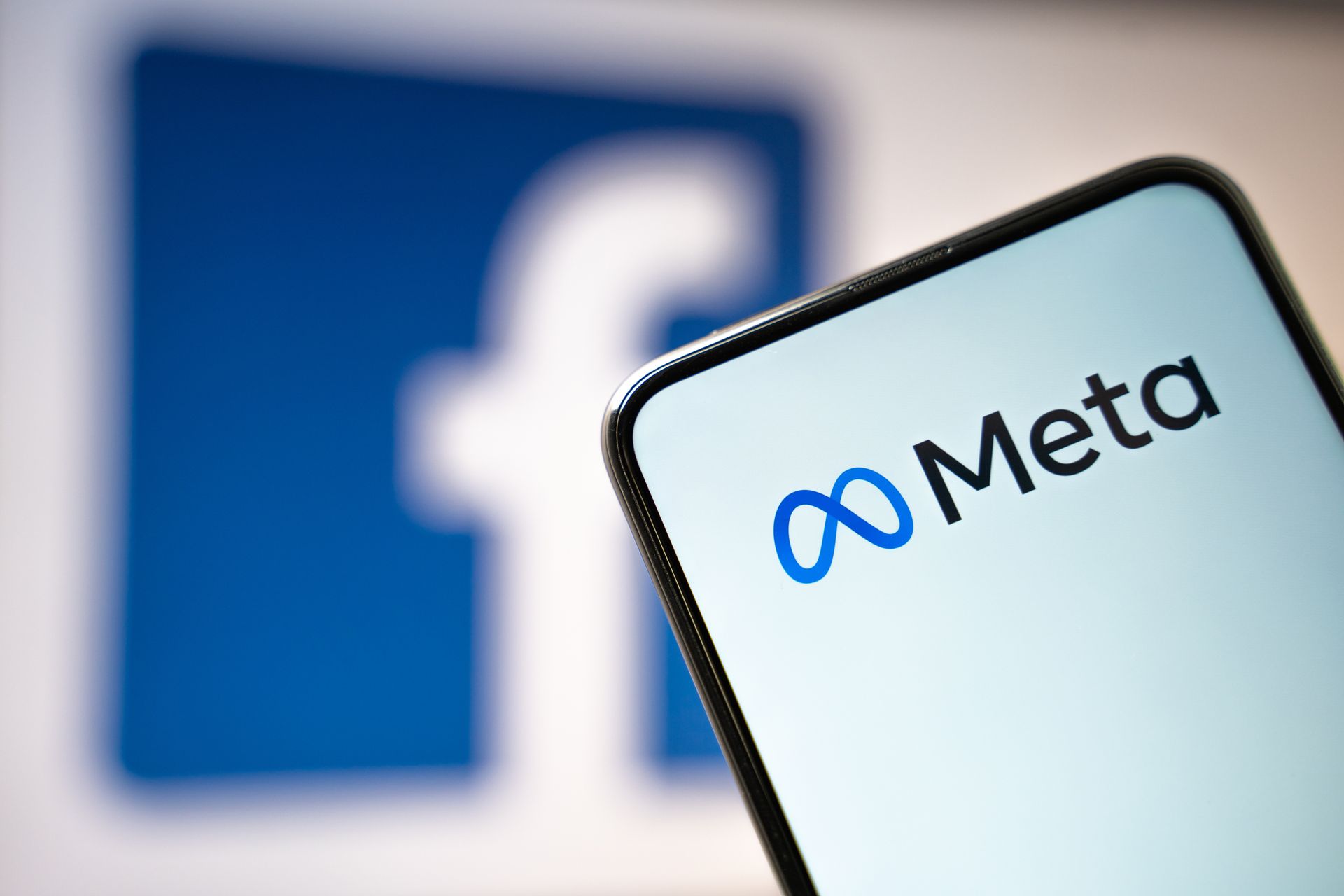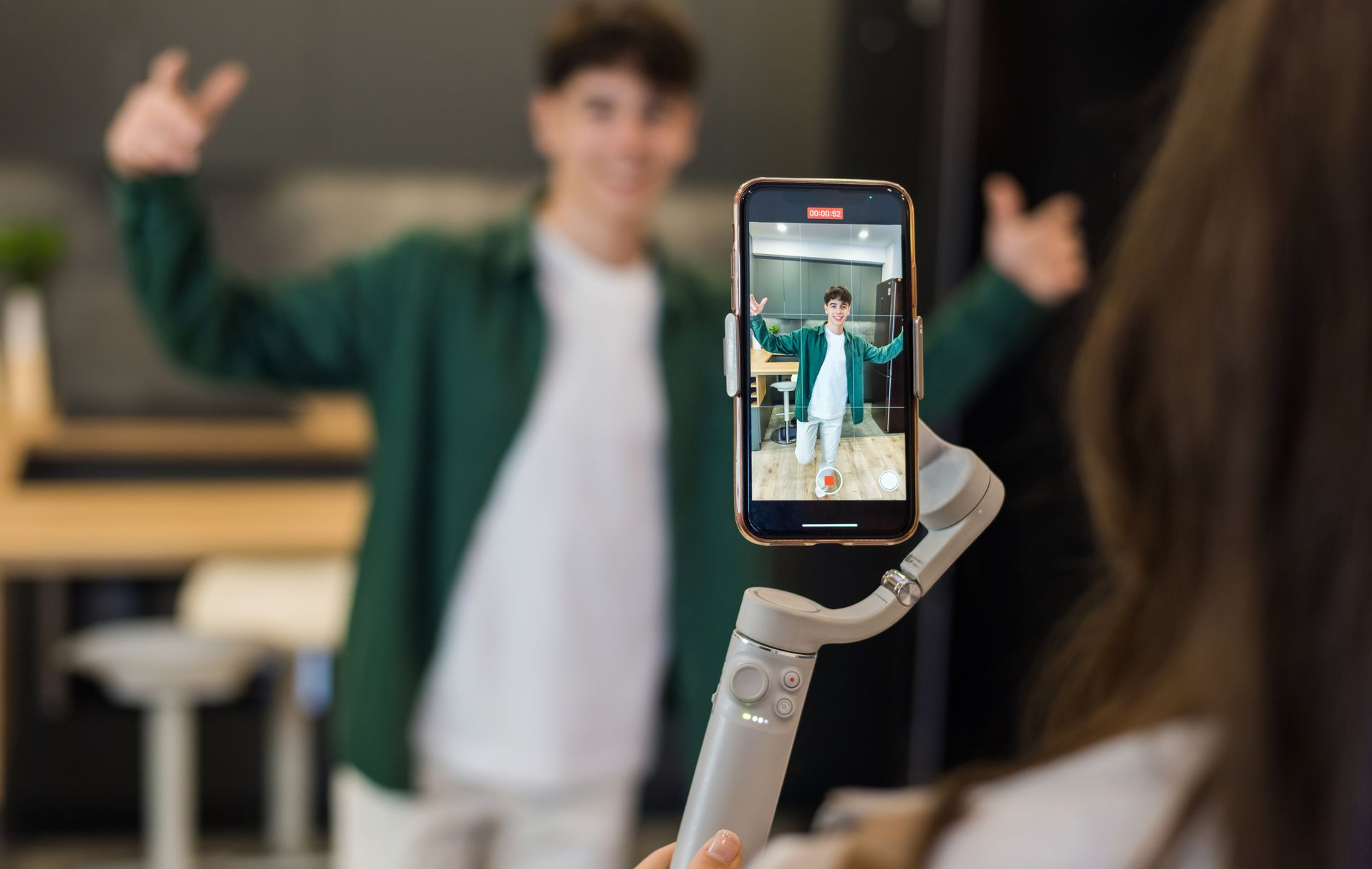How to Beat Creative Fatigue in Facebook Ads
In the dynamic world of digital marketing, Facebook ads are a powerful and cost-effective tool for reaching potential customers. However, even the most well-crafted ad can lose its effectiveness over time due to a phenomenon known as creative fatigue. Learn how utilizing a mix of ad formats—video, static images, and carousels—within a single campaign can help combat it.
What is Creative Fatigue?
Creative fatigue happens when an ad's performance diminishes because the audience has seen it too many times. Indicators of creative fatigue include a drop in click-through rates (CTR), an increase in cost per click (CPC), and a general decline in engagement. This fatigue can lead to a decline in ad performance, characterized by lower click-through rates (CTR), decreased engagement, and higher cost-per-click (CPC). In essence, your ads become stale, and users start to tune them out.
What are Some Signs of Creative Fatigue?
- Decreased CTR: When users stop clicking on your ads as frequently, it's a clear sign that the content isn't resonating as it once was.
- Higher CPC: As engagement drops, Facebook's algorithm may increase your CPC to continue reaching your target audience.
- Lower Conversion Rates: If your ads are generating fewer leads or sales, creative fatigue might be the culprit.
"After around 4 exposures, conversions could decrease by about 45%. To keep your clients' target audience engaged, it's crucial to differentiate your ad creative to reduce creative fatigue."
How can I Combat Creative Fatigue on Facebook?
To keep your audience engaged and maintain the effectiveness of your campaigns, it's crucial to vary your ad creatives. Here's how incorporating different formats into one Facebook campaign can help:
1. Video Ads on Facebook
- Engagement: Video content is highly engaging and can capture attention more effectively than static images. It allows you to tell a story and connect with your audience on an emotional level.
- Versatility: Videos can be used to showcase product demonstrations, customer testimonials, or brand stories, making them a versatile tool in your marketing arsenal.
2. Static Image Ads on Facebook
- Simplicity: Sometimes, a simple, well-designed image can be more effective than a video. Static ads are quick to create and can convey your message succinctly.
- Cost-Effective: Static images typically require fewer resources to produce than videos, making them a cost-effective option for frequent updates.
3. Carousel Ads on Facebook
- Multiple Messages: Carousel ads allow you to showcase multiple products or features within a single ad unit. This format is ideal for e-commerce businesses that want to highlight a range of offerings.
- Interactive Experience: The swipeable nature of carousel ads creates an interactive experience for users, encouraging them to engage with your content.
Creative fatigue is an inevitable challenge in digital advertising, but with a strategic approach, you can mitigate its impact. While this is just one way to avoid ad fatigue, incorporating a variety of ad formats—video, static images, and carousels— into one Facebook ad campaign, you can keep your content fresh and engaging, ensuring that your ads remain effective over time. Embrace the power of diversified content and watch your ad performance soar.
If you're ready to supercharge your ads and start seeing trackable, effective results with your marketing, contact BlinkJar Media today for a free consultation.

